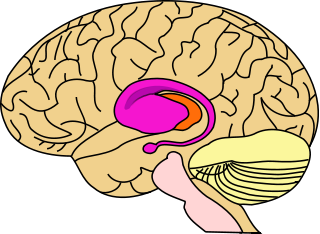 Purple is Caudate Nucleus and Putamen / Orange is Thalamus
Purple is Caudate Nucleus and Putamen / Orange is Thalamus
Brains presidential
There are cannabinoid (pot) receptors and precursors all over our brains; there are also opioid (heroin, morphine, oxycodone) receptors and precursors there too.
“If you were” to click on the publication image below you’d find a schematic representation of our brain’s cannabinoid and opioid receptors. The “If you were” is because there is some caution involved; seems that after looking at the image for a bit (twenty seconds or so) one might see the image looking back at you: I’m just saying it might happen.
I looked at the image for a bit and can report it shows three levels of receptor density for both cannabinoids and opioids: low, moderate and high. Some parts of our brains are high in both; one such spot is the caudate putamen.
The caudate putamen, located at the center of our brains (and the brains of all presidential candidates, it should be said), is fundamental to movement and learning; basically, we wouldn’t be bipedal or remember much without it. Adding science to our sense of ourselves, and the discussion known as the 2016 presidential election, will help us get through the next big thing: the 2020 Enumeration, i.e., the census and the “thirty Thousand.”
Interactions of the opioid and cannabinoid systems in reward: Insights from knockout studies
Frontiers in Pharmacology
Pubmed: 5 FEB 2015
From the abstract: The opioid system consists of three receptors, mu, delta, and kappa, which are activated by endogenous opioid peptides (enkephalins, endorphins, and dynorphins). The endogenous cannabinoid system comprises lipid neuromodulators (endocannabinoids), enzymes for their synthesis and their degradation and two well-characterized receptors, cannabinoid receptors CB1 and CB2. These systems play a major role in the control of pain as well as in mood regulation, reward processing and the development of addiction. Both opioid and cannabinoid receptors are coupled to G proteins and are expressed throughout the brain reinforcement circuitry.
*Images from this publication
See all images (1)Free text
Next Up: Announcing the release of an Ew Publishing research pamphlet, Aspasia of Miletus: Socrates’ Didaskalos, on Wednesday 15 June.
Posted by Bryan W. Brickner
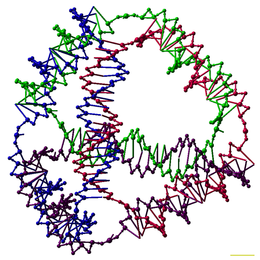
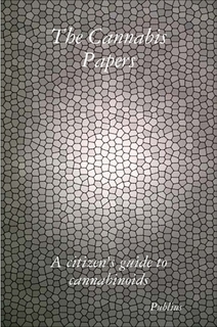


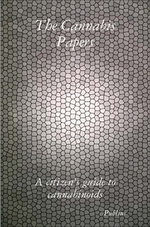
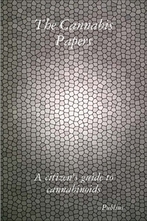
 RSS Feed
RSS Feed
